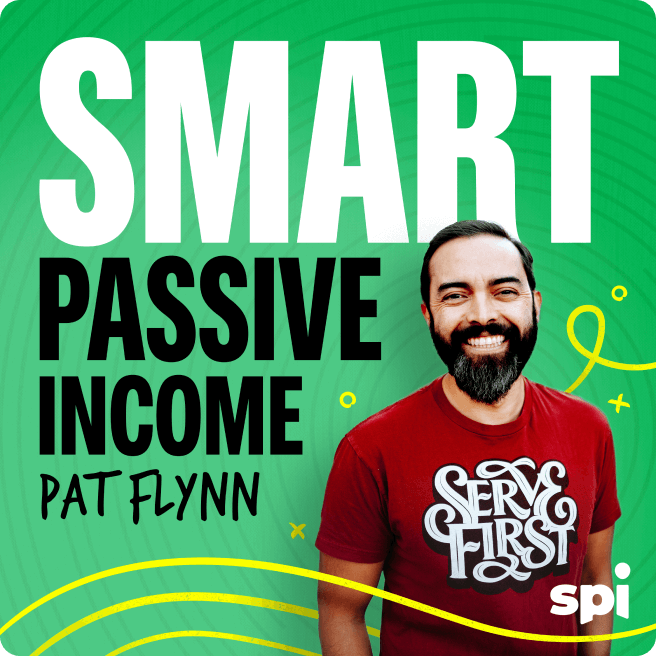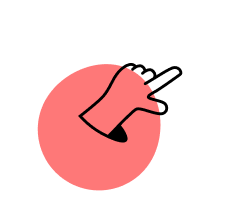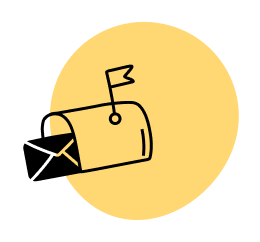During our team’s recent retreat in Denver—in fact, right before we went hiking that Thursday—I huddled with two of my team members, Jillian Benbow and Tony Bacigalupo, to record the episode you’re about to hear. Jillian is our SPI Pro community manager, and she’s been on the show once before. Check out that episode if you haven’t yet because it’s a fantastic look at what it takes to manage a community. Tony is our community program manager, and he helps us create amazing events and experiences, like the recent Audience Driven Summit. Plus, Jill and Tony are the cohosts of SPI’s Community Experience Podcast, where they interview experts and leaders about how to build thriving communities today.
Tony and Jill are absolute rockstars when it comes to community, and I’m so excited for you to dive into this conversation with us. Because community—and I cannot stress this enough—is the future of business. Bringing a niche community together to feel welcome with each other, to inspire, motivate, educate, and entertain, is where long-term business success is going to come from. We talk about all sorts of things community-related today, from how to manage trolls and haters, to accessibility and inclusion and making sure the community feels welcoming for everybody. We talk about how to get people motivated and comfortable stepping up and having conversations.
So whether you have your own free Facebook group, are planning on launching a big premium community for your paid course members, or anything in between or outside those options, listen closely.
Today’s Guests
Jillian Benbow
Jillian is a seasoned community professional who has been at the forefront of digital community growth for the last decade. She is passionate about helping people build supportive and meaningful community experiences. When Jillian isn’t busy growing communities, she loves to spend time in the outdoors with her family and rescue pups.
Tony Bacigalupo
Tony Bacigalupo is the Community Program Manager at SPI. All through his career, his focus has been on eradicating the epidemic of loneliness by showing people how to better foster belonging in themselves and others. To that end, he’s built coworking communities, designed experimental gatherings, and helped hundreds of leaders and gatherers around the world as a consultant, coach, speaker, artist, and author.
You’ll Learn
- How SPI’s Community Experience Podcast came to life, what it’s about, and who it’s for
- Why it can be hard to make friends as an adult—and what to do about it
- Why stigma can be an opportunity for community and connection
- About the virtual café we created for SPI Pro members
- How to go about fostering an intentional community culture when you’re just starting out
- Strategies to help community members come out of their shells
- What we do with constructive feedback to make SPI Pro a better place for all its members
- Where we think community is headed—and how to get ready for its future





